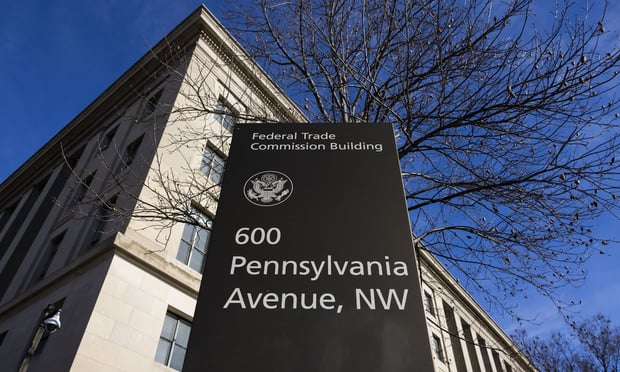Credit unions that issue credit cards may soon be coming upon some tough times in terms of reduced profitability of their star performing product. The national media is communicating how consumer spending is down by double digits, and we are in for a much slower holiday spending season. Mainstream industry experts on the likes of CNN, MSNBC, Fox and CNBC are encouraging consumers to hang on to their money and cut erroneous spending. The message being sent to consumers is maintain humility, cut back and check your ego at the door. You can no longer afford to keep up with the Jones!
How do these messages translate for credit unions and their credit card programs? Reduced interchange income. Typically interchange income represents 15%-25% of a credit card portfolio's revenue, with the higher interchange representative of those with reward programs. If consumer spending is down, resulting in reduction of interchange income, what's left to maintain profitability? Finance charge and fee income. For credit unions, finance charge income typically represents 65%-70% of a credit card program's revenue and fee income the remaining 10%-15%.
Yet, on Sept. 23, 2008, the House of Representatives passed credit card legislation (voting 312-112), the Credit Card Holder Bill of Rights. This bill still needs to be passed by the Senate before any law is enacted. Many experts said Senate passage of this bill was unlikely, yet these opinions transpired prior to the Wall Street meltdown. There is a strong chance with the turmoil and anger by the American public in recent weeks that this bill may get more attention than previous thought. There are numerous facets to the Credit Card Holder Bill of Rights related to reduced fees and methods of payment applications that could ultimately affect each credit union differently.
It wouldn't hurt to get to know the other side of your card program, especially a much overlooked aspect of payment applications. Are your member's payments being applied to the highest interest rate first, such as cash advances and then any introductory rates? Or vice versa? It may be prudent to take a look and ensure your members are being treated fairly.
So now we have a situation in which not only interchange is expected to be reduced through the current economic conditions, but also a potential reduction in finance charge and fee income if the proposed legislation of the bill of rights is enacted into law. With all of these income categories at stake, what is a credit union card issuer to do?
First of all, the majority of credit unions offer fair, well-priced programs, so I am not referring to the actual structure of the programs. Credit unions still offer the best credit cards in the market with lower than average APRs, low fees and 25-27 day grace periods.
However, there are still credit unions out there whose programs do mimic bank card programs with reduced grace periods, punitive pricing, cash advance fees and late and over-the-limit fees higher than $25. Those credit unions may want to revisit their overall program features.
As far as maintaining a high ROA on your card program, control what you can control: the operating expenses. This is the time for credit unions to review all aspects of their card operations and review expenses with a fine-toothed comb. Just as you may do for your own personal budgets, it is time to trim the fat of your card program. Now is not the time to be pouring money into activation or activation campaigns. For the time being, you're much better off working with existing cardholders and utilizing low-cost activation methods.
There is often a host of nonessential expenses within your credit card processing invoice. Keep in mind, the credit card business is at its fundamental core, a transaction-based business in terms of income and expenses. Fundamental expenses are defined as authorization, transaction posting fees and fraud management expenses. Nonessential expenses can range from excess accounts on file, report management, enhanced services, collection services, member service functions, plastic expenses, BIN related charges, online banking, Visa and MasterCard pass-through charges and direct marketing tactics, portfolio management expenses and, in some cases, additional association fees. Some will argue, these fees are pennies per month, but I have seen first hand how these can add up to thousands per year and even tens of thousands for some larger credit unions.
How many times does the invoice get signed blindly and passed onto accounts payable? Or better yet, if the bill is paid via electronic means, are these bills reviewed at all? Ensure your contract and pricing is up-to-date. Some credit unions are still operating on pricing structures and contracts from the 1990s. Do you have more parties than needed in your processing agreement? Is your credit union equipped to bring the program in-house?
Aside from the actual cost savings on processors invoices, what can a credit union do operationally? Does it make sense to combine economies of scale with debit and credit card processing? Are there some particular services you can incorporate into your existing operations, such as member service calls during business hours? Consolidate debit and credit card processing to one processor? Combine departments at the credit union to a card services department for increased productivity and elimination of redundancy? Consolidate plastic production to one vendor? If you have a rewards program, is it time to review the redemption tiers for some higher end awards?
At a time when a credit unions may not have much control about the foreseeable future in terms of income for what has always been the highest ROA earning product, now would be a prudent time to review cost-effective card operations and nonessential expenses.
Ondine Irving is the owner of Card Analysis Solutions. She can be reached at 866-602-9777 or [email protected]
Complete your profile to continue reading and get FREE access to CUTimes.com, part of your ALM digital membership.
Your access to unlimited CUTimes.com content isn’t changing.
Once you are an ALM digital member, you’ll receive:
- Breaking credit union news and analysis, on-site and via our newsletters and custom alerts
- Weekly Shared Accounts podcast featuring exclusive interviews with industry leaders
- Educational webcasts, white papers, and ebooks from industry thought leaders
- Critical coverage of the commercial real estate and financial advisory markets on our other ALM sites, GlobeSt.com and ThinkAdvisor.com
Already have an account? Sign In Now
© 2024 ALM Global, LLC, All Rights Reserved. Request academic re-use from www.copyright.com. All other uses, submit a request to [email protected]. For more information visit Asset & Logo Licensing.









